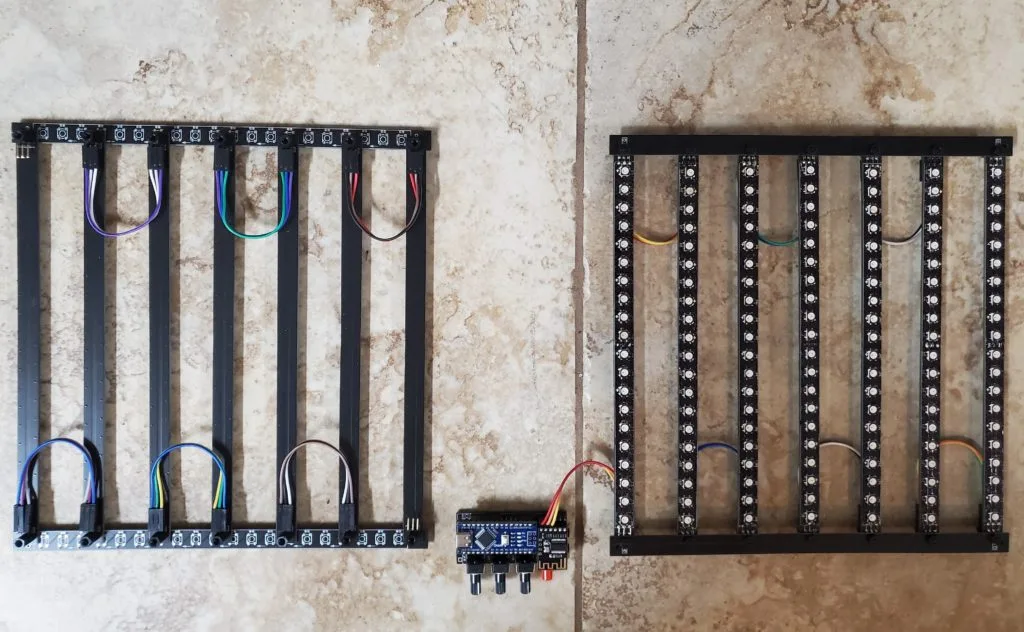Schlagwort: Audio Spectrum Analyzer
-

DIY spectrum analyzer is an easy project for beginners
Reading Time: 2 minutesSpectrum analysis is a technique that allows someone to observe the amplitude of various frequency ranges within a signal. The most common use case is in the world of audio engineering, as it is useful for tuning audio output. It can, for example, show you that a particular audio signal has little…
-

Watch your music come to life on this single LED strip audio spectrum visualizer
Reading Time: 2 minutesArduino Team — July 17th, 2021 While thinking of an interesting project to create, Hackster user marcaubin started to imagine an audio spectrum visualizer, but not a traditional one that has a matrix of LEDs with columns corresponding to certain frequencies. Instead, his device would have just a single vertical NeoPixel strip featuring 29…

